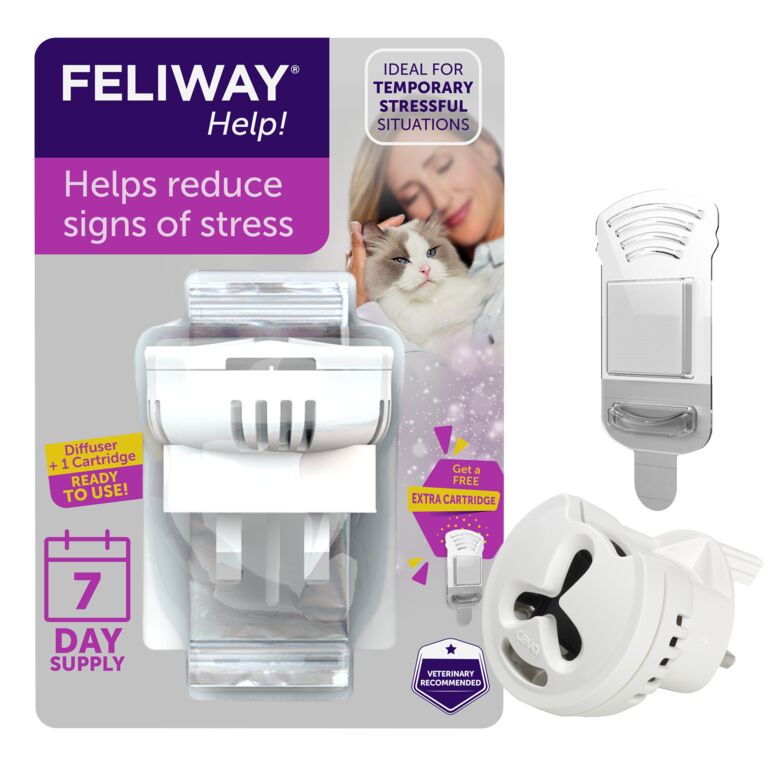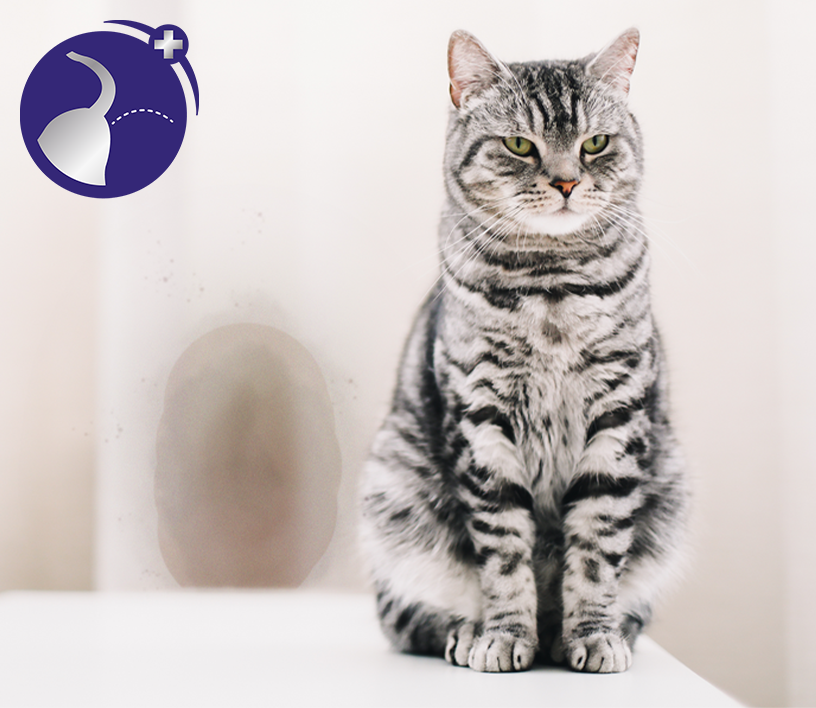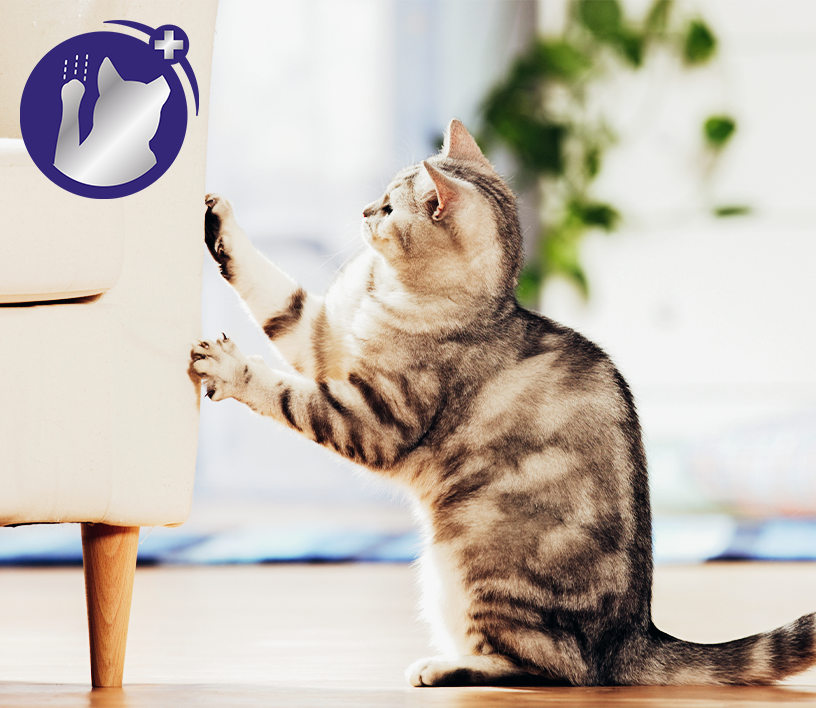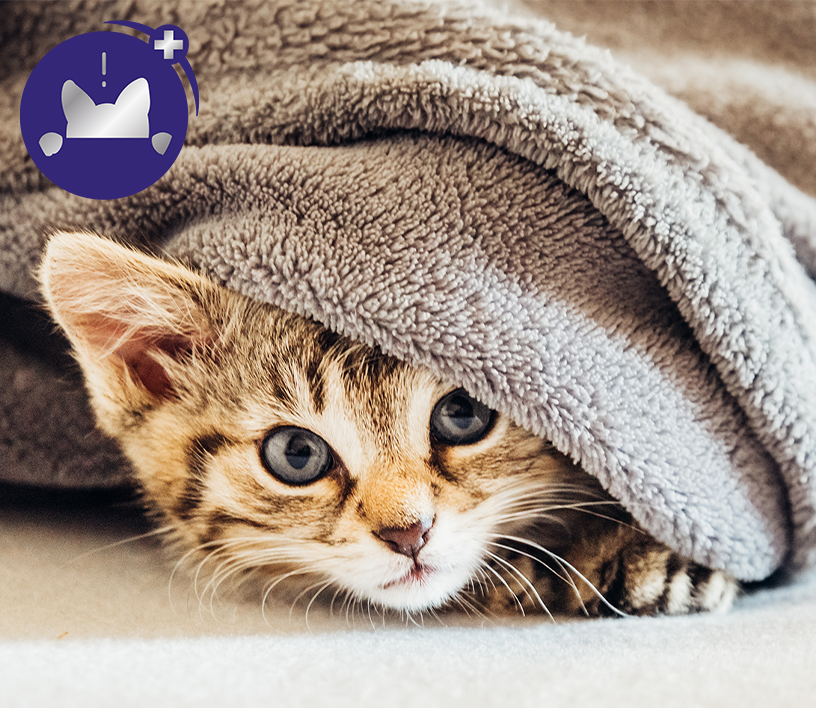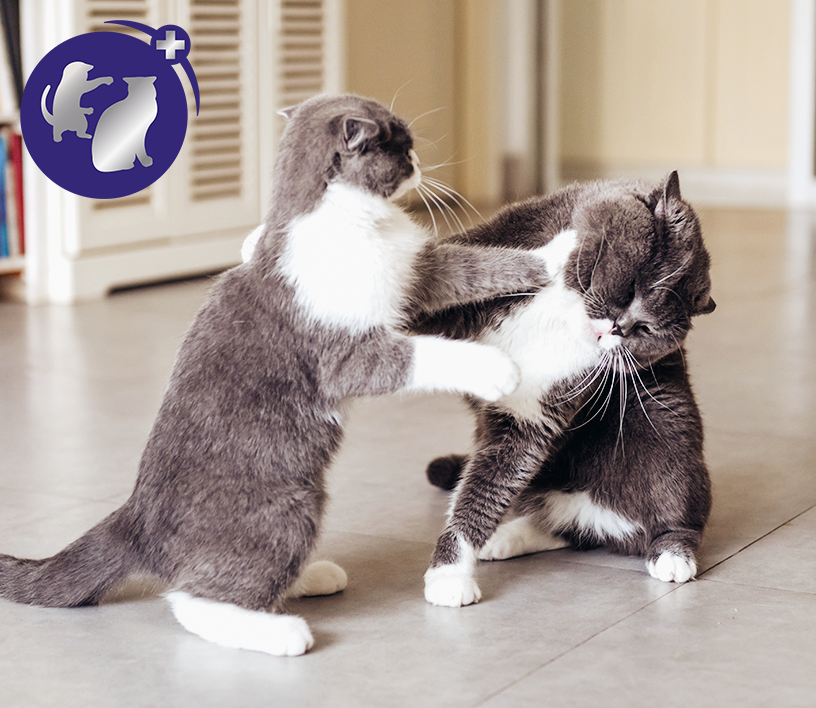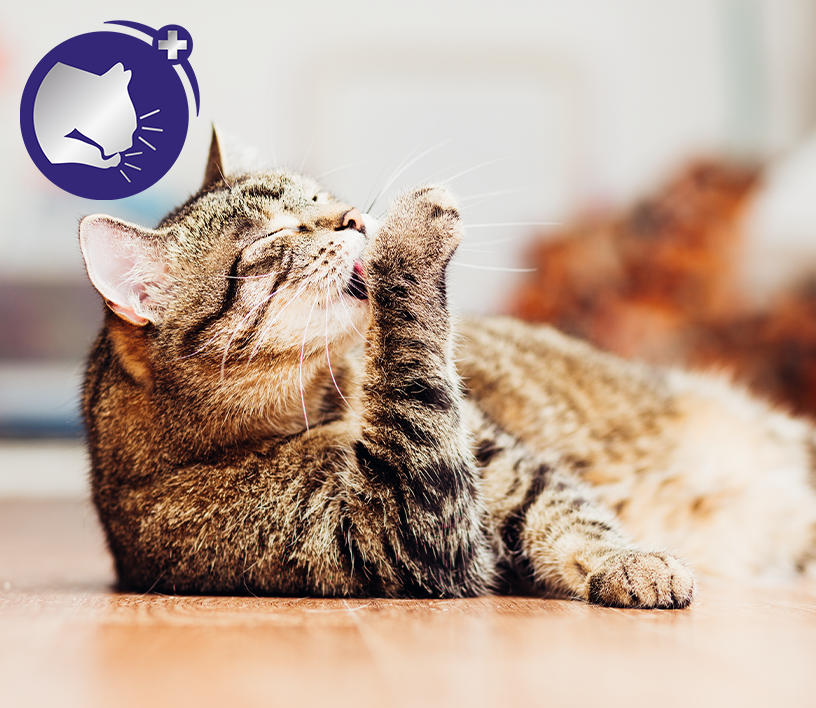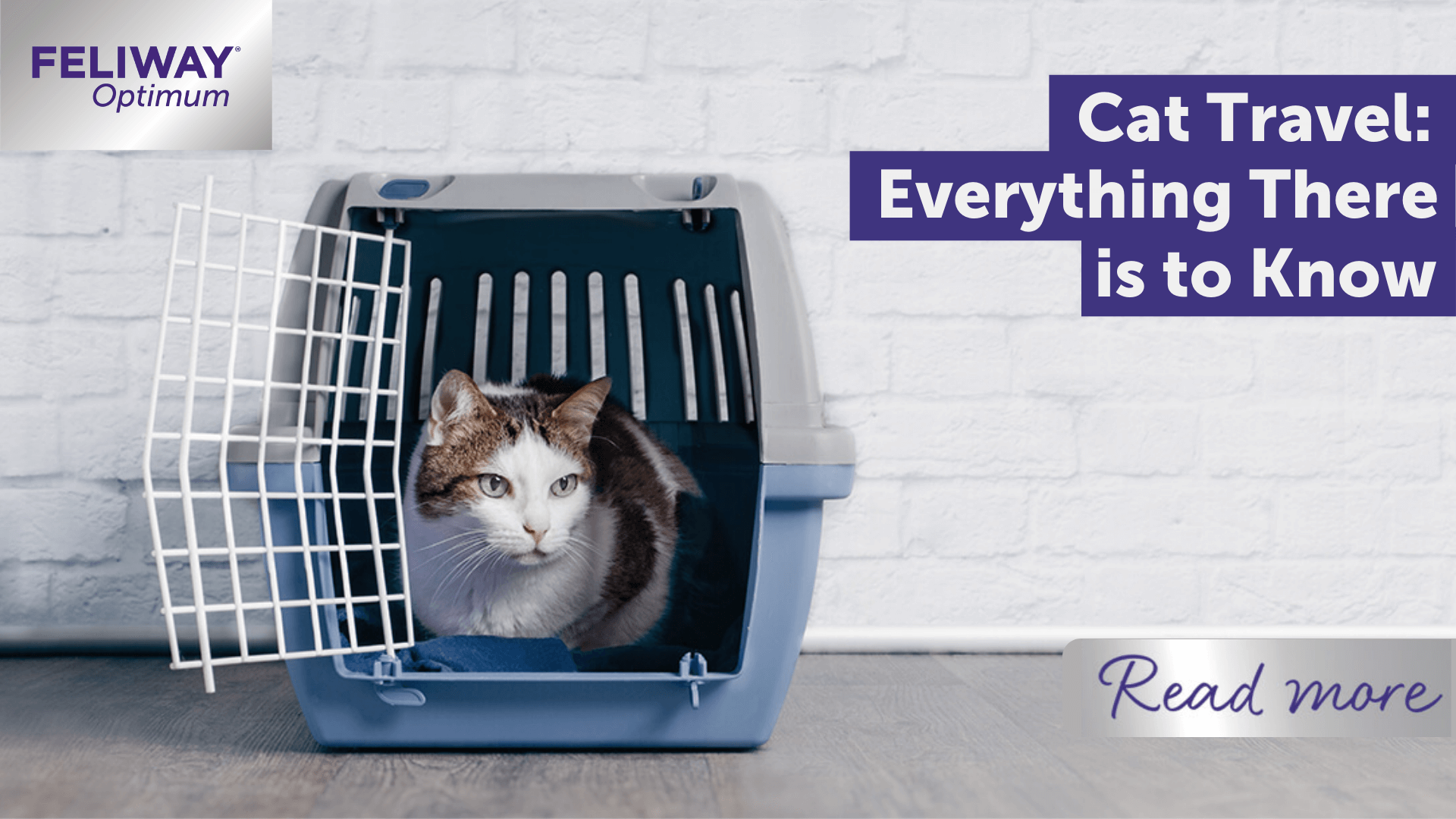
Cat Travel: Everything There Is To Know
Cats love their routine, their comfort, and their territory. So it's not surprising that some cats are often reluctant to get in a cat carrier! However, there are ways to make your cat change opinion about their carrier and help them cope when you have to travel.
Particularly when our modern life differs from our cats. First, you need to choose an appropriate carrier, which is large enough for your cat and has large openings to let the cat breathe and be easily cleanable. Carriers of all sizes and shapes exist, so make sure to pick the best cat carrier for your feline friend.
How to put your cat in a carrier and make them comfortable
This requires a little patience, but tricks and training are key, as training your cat can be a complex and long process. Ensure your cat is happy and comfortable with every step separately before moving on to the next one.
It's important that your does not associate the carrier with negative experience. To avoid any negative associations, place the carrier somewhere your cat can explore, and put some of your cat belongings in there, such as their bedding which has their familiar scent. This way, the carrier will not be associated with vet visits, or travelling. The familiar scent will reassure your cat when they are in the carrier, and make them feel more comfortable and relaxed.
If your cat displays the behaviour you would like, reward them! A treat or sound - either a marker word, or a clicker for example - can help cats link the behaviour they performed with the reward.
You may find that you will see your cat anticipating the reward with repetition, so it's important to keep with the same routine: first the cat enters the carrier, then you give the reward.
After some time, you will be able to reduce the rewards. However, if your cat is still not keen on going into the carrier, try to lure them with something different like a favourite toy. But try to avoid making it a game, playing could cause too much excitement and prevent your cat from entering the carrier.
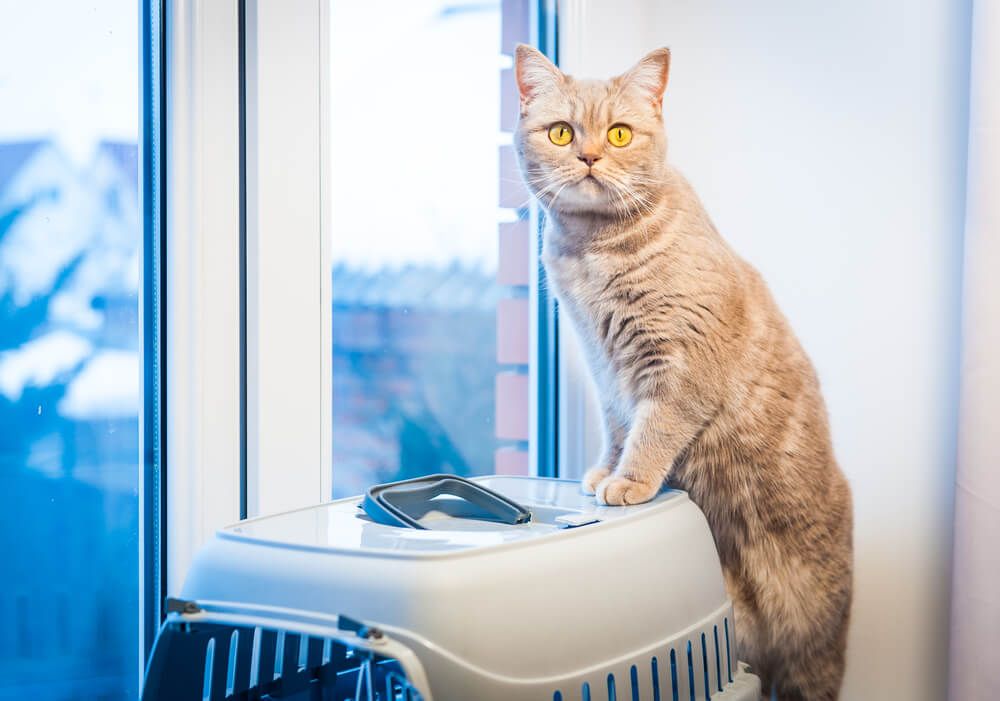 When your cat is fully comfortable with the carrier, you need to teach them to be relaxed when it is closed. In that case too, rewards can help you and your cat achieve that stage. If your cat shows any signs of discomfort, or looks distressed, stop the session immediately, and give your cat a break. Training sessions must remain short. Blocking your cat's view, with a blanket laid on top of the carrier for example, can help reassure them.
When your cat is fully comfortable with the carrier, you need to teach them to be relaxed when it is closed. In that case too, rewards can help you and your cat achieve that stage. If your cat shows any signs of discomfort, or looks distressed, stop the session immediately, and give your cat a break. Training sessions must remain short. Blocking your cat's view, with a blanket laid on top of the carrier for example, can help reassure them.
When your cat is relaxed in the carrier with the door closed, then you can carry on to the next stages: lift the carrier, and walking with the carrier.
How to travel with your cat in the car
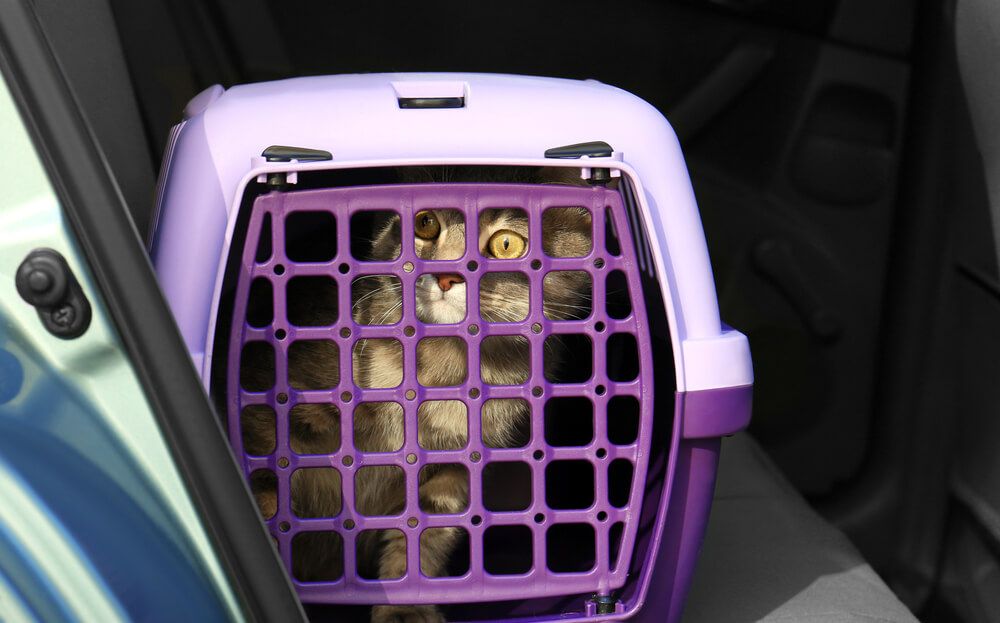
Having a cat relaxed in a carrier is a good start, but then comes the car. And this can be a whole new level for your cat. Don't be put off, but it can take quite a long time to get your cat used to the car.
So before you want to travel with your cat, remember to split the steps, and keep sessions short. Then gradually increase the length of the sessions and when you reach the travelling part, avoid food rewards since it may cause your cat to vomit.
Besides the fact you want to make your cat enjoy the trips you will take them on with you, place the carrier in the foot well behind the front seat. Cats are sensitive, so avoid placing them where there is too much sun or heat in the car. Remember cats or any animal should not be left in the car on their own.
Take a look at these 6 Tips For Travelling With Cats for more helpful advice.













